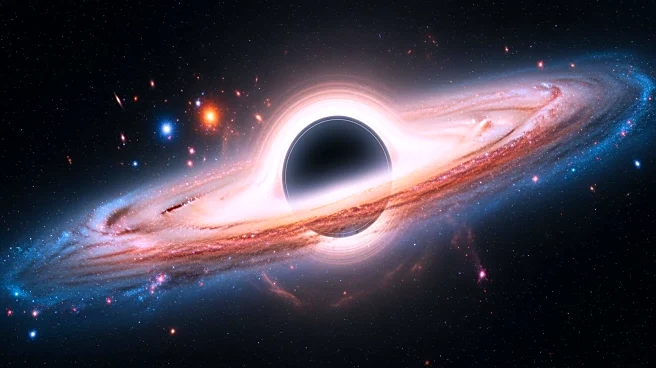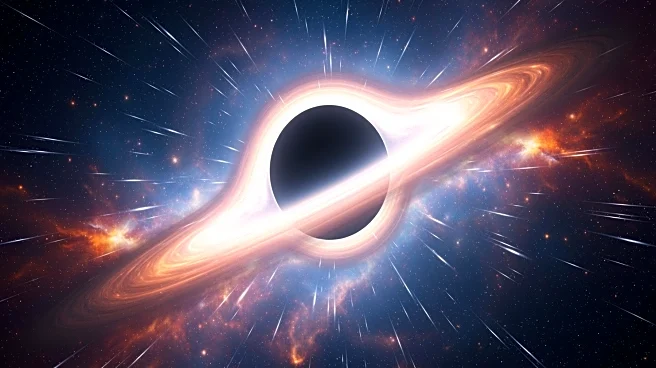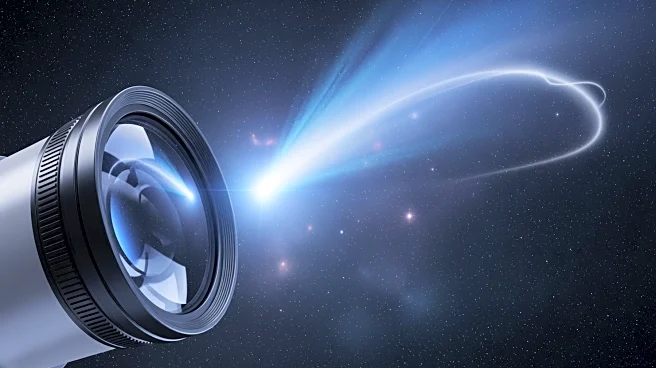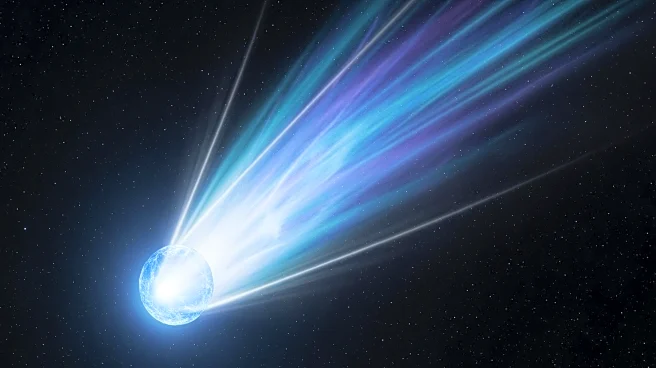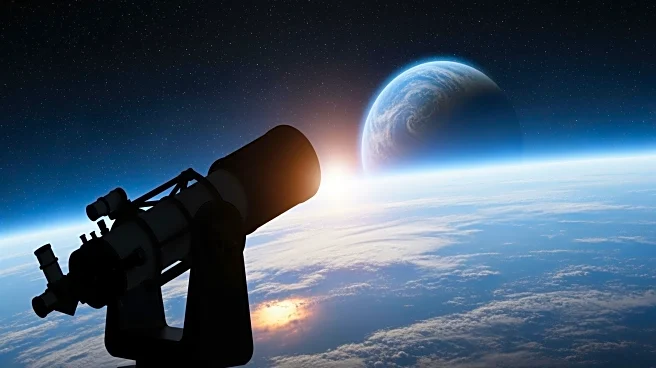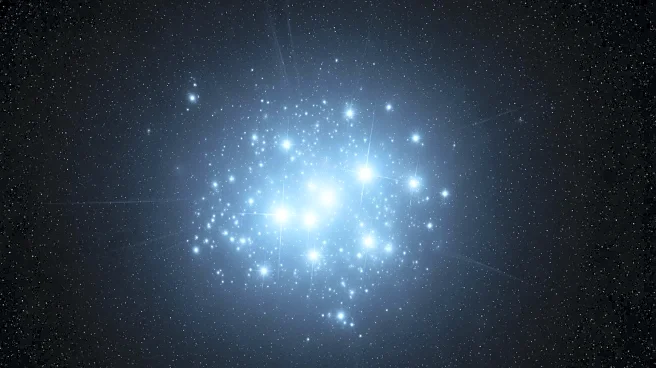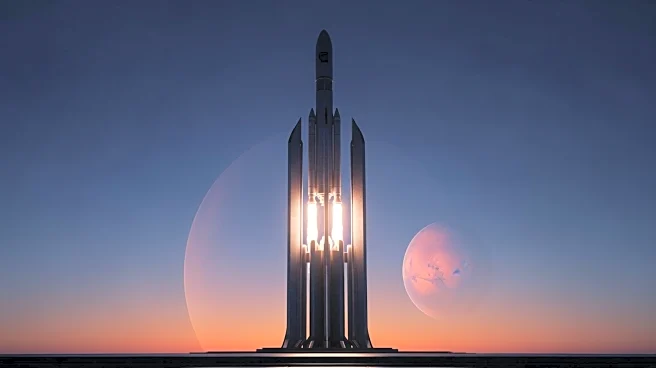What's Happening?
NASA's James Webb Space Telescope (JWST) has released new images showing the activity around the Milky Way's central black hole, Sagittarius A* (Sgr A*). Using its Near-Infrared Camera, JWST observed the region
in two infrared wavelengths, capturing light curves that reveal the behavior of gas and magnetic fields near the event horizon. The data shows constant low-level variability and sharper flares, driven by turbulence and magnetic reconnection. This study provides insights into the extreme environment around Sgr A*, highlighting the dynamic processes at play.
Why It's Important?
Understanding the activity around Sgr A* is crucial for astrophysics, as it offers a glimpse into the behavior of supermassive black holes. These observations can help scientists learn more about the mechanisms driving flares and variability in such extreme environments. The findings contribute to our knowledge of particle acceleration and magnetic field interactions, which are relevant for broader cosmic phenomena. This research enhances our understanding of the Milky Way's core and the role of black holes in galaxy dynamics.
What's Next?
Astronomers aim to gather longer, continuous light curves to explore subtler patterns and connections between infrared flares and potential X-ray outbursts. This extended observation could reveal more about the orbital dynamics and energy processes near the event horizon. Continued monitoring of Sgr A* will provide valuable data for testing physical models and understanding the evolution of magnetized flows around black holes.
Beyond the Headlines
The study of Sgr A* through JWST's observations transforms our perception of the black hole from a distant, mysterious object to an active, evolving system. By capturing detailed light curves, scientists can convert brightness variations into measurements of particle energy and magnetic fields, offering a more comprehensive view of the processes occurring near the event horizon.
